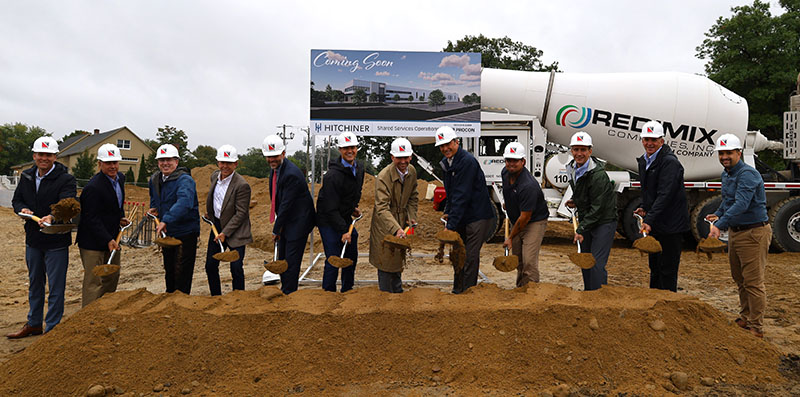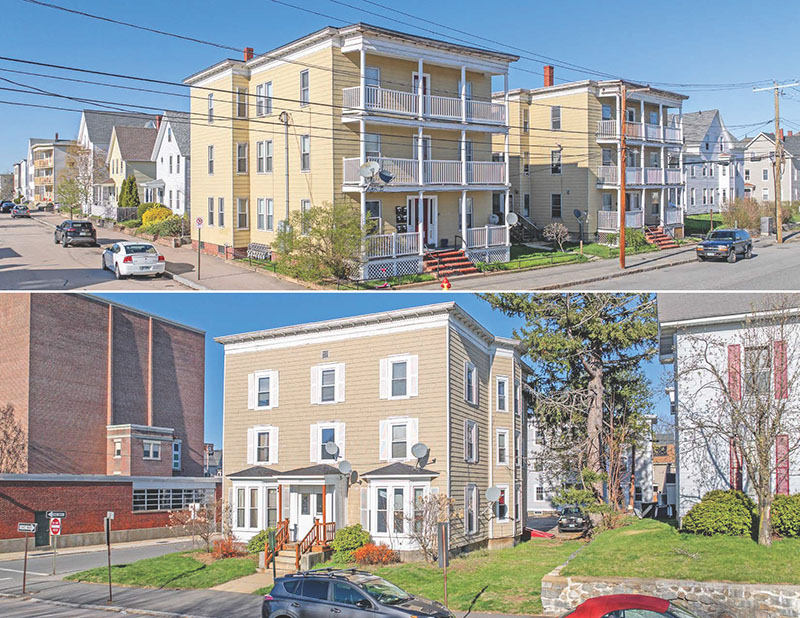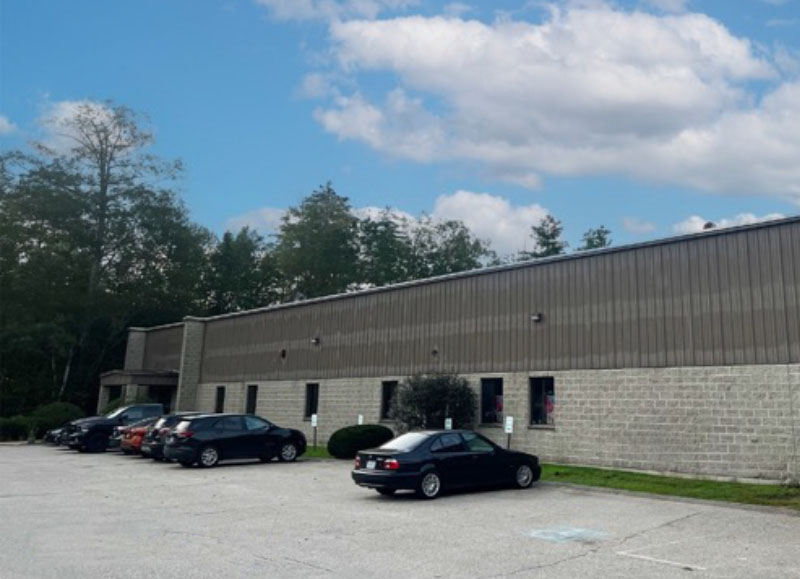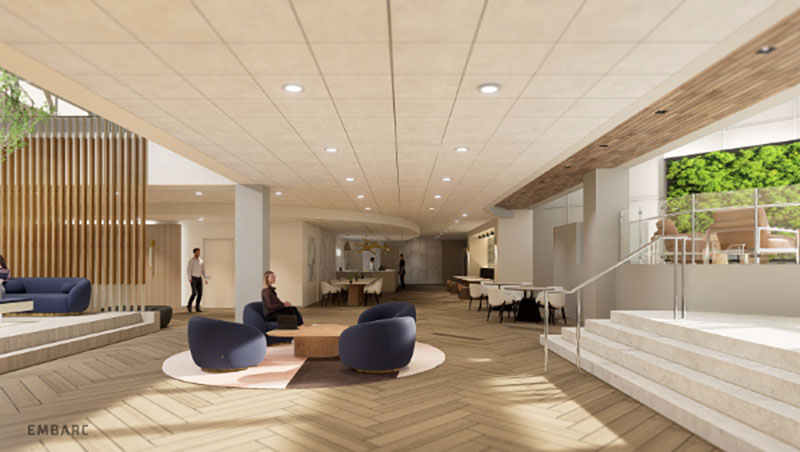News: Northern New England
Posted: March 6, 2008
With the continued escalation of energy costs, we see more interest in green building construction
With continued notable decline of the residential construction market the forecast for the non-residential construction sector remains somewhat optimistic. While construction trends in both residential and non-residential segments vary substantially from region to region, the New England economy which has been stronger than many market segments in the United States looks to remain stable.
The AIA (American Institute of Architects) assembled a panel of leading non-residential construction forecasters consisting of McGraw-Hill Construction, Global Insight, Portland Cement Assoc., Moody's Ecomomy.com, FMI and Reed Business Information to arrive at a Consensus Construction Forecast.
As published by Kermit Baker, PhD for the AIA Consensus Forecast panel, this past year turned out very positive for the nonresidential construction sector. Spending on the construction of nonresidential buildings increased by an estimated 18% (before inflation adjustments), according to U.S. Commerce data covering activity through November 2007. This growth almost offset a comparable percentage decline in residential activity. Nonresidential spending was particularly strong for lodging facilities (up more than 60%), public safety and transportation (each up more than 20%), and offices, communication facilities, and amusement and recreation facilities (each up close to 20%).
While commercial construction ended 2007 on a high note, the AIA Consensus Forecast Panel expects a significant slowing of this growth in 2008. Overall, the consensus is for a modest decline in commercial activity (-1.3% in inflation adjusted dollars), mostly the result of a projected 5.7% decline in retail and other commercial activity. Office construction activity is expected to eke out a small gain—1.7%— while the strong growth in hotel construction is expected to slow, but still see a 5% increase for the year.
Although the Consensus Forecast is a little less optimistic, Reed Construction Data reports non-residential construction spending in 2008 is projected to increase 12.3%. They are forecasting the make-up of the gain will be 25% for offices, 18% for health care, 15% for both hotels and education and 12% for retail. None of the commercial market has the excess space that was present at the onset of previous commercial real estate recessions. Also, state tax receipts, the key funding source for institutional buildings, will keep expanding in 2008 to 2009 and will not experience the sharp declines that occurred in 2001 to 2002, when the plunging stock market all but erased the capital gains tax on stock market appreciation.
The residential sector is not the only issue influencing our economy. Inflation continues become more of a threat as oil prices hover around $100 a barrel and consumer price increases are currently running over 4% annually. Unfortunately, oil prices are not the only construction material input that continues to experience unusual price fluctuations. Overall, materials used in the construction of nonresidential buildings increased 5.5% between November 2006 and November 2007, somewhat below overall inflation in producer prices. In addition to petroleum products, construction inputs that have seen unusually high increases over this period include, construction sand/gravel/crushed stone (+8.1%), selected steel products (+5.8%), and fabricated structural metal (+5.4%).
However, we have also seen the commodity price cycle begin to adjust for other products that had seen dramatic increases in recent years. Prices of gypsum products are down more than 23% over the past year, while prices for insulation, lumber and plywood, aluminum, and natural gas are all easing a bit.
All of the above said, with percentages and sector mumbo jumbo, it is time to report from the trenches so to speak. While the relentless winter in the Northeast significantly impacted the construction season, we have seen a marked increase in project activity for the spring with a large number of projects out for bid. Subcontractors and suppliers are aggressively pricing projects and the sheer number of contractors bidding on a single project is up three fold from a year ago. If you are a developer or end user with your sites on starting a construction project soon, now is a great time to consider going out to bid.
On the home front, Fulcrum is currently in the pre-construction phase for two medical office facilities, and have recently started construction of a credit union branch office and been awarded a project with a large industrial manufacturer. In addition we are involved in construction of recreational facilities for two private clubs in southern NH.
With a continued escalation of energy costs as a backdrop, we are seeing more interest than ever in green building construction. Energy efficient technologies which could not be cost justified just a few years ago are becoming more feasible as the cost of energy escalates. Fulcrum is rising to the challenge with a comprehensive approach to designing and constructing facilities to LEED and Energy Star standards.
Bill Jean is director of business development for Fulcrum Associates Construction Managers and Contractors, Amherst, NH.
Tags:
Northern New England
MORE FROM Northern New England
PROCON and Hitchiner break ground on 57,000 s/f shared services operations facility
Milford, NH Hitchiner, in partnership with PROCON’s integrated design and construction team, has officially broken ground on a new 57,000 s/f shared services operations facility at its Elm St. campus. This building will house value-added services used across Hitchiner’s various business units,







.png)
